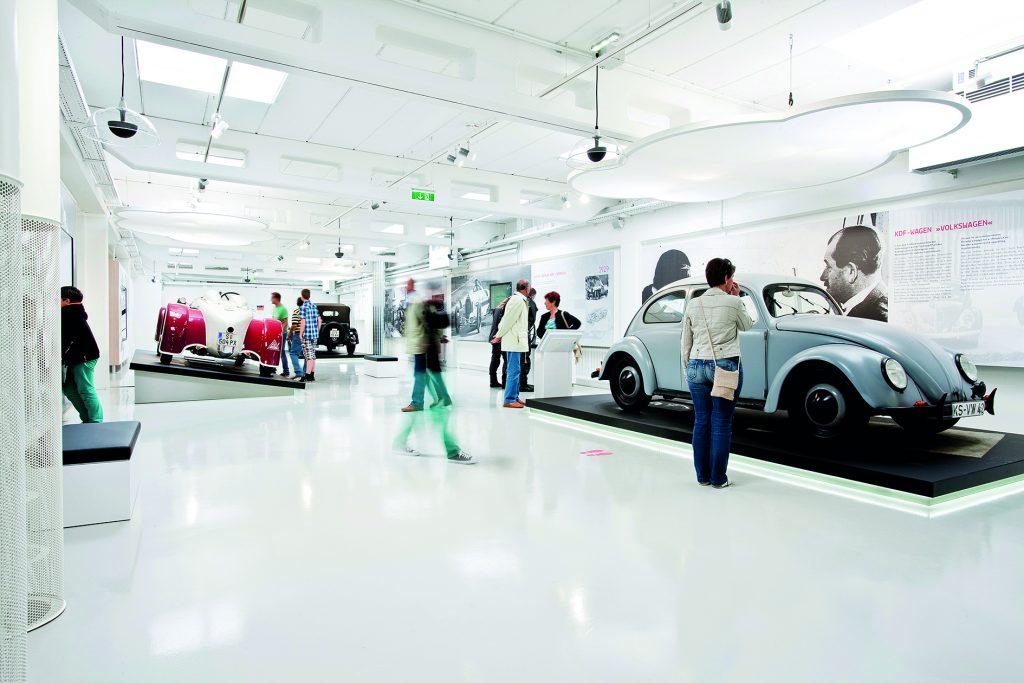Porsche Museum in Mattsee, Austria
“I was unable to find the racing car of my dreams, so I built it myself.” — Ferdinand Porsche.
My friend in California Dennis David advised me to visit this museum on my recent trip to Austria. Knowing David to be very enthusiastic and knowledgeable about the history of motor racing, I knew this would be worth a visit.
This wonderful museum is located 15 minutes from Salzburg, birthplace of Wolfgang Amadeus Mozart. Here you can rock yourself to glorious Porsche history, an Austrian by birth.
The captions for the photographs are from the information about the vehicles in the museum. The museum is open all year round except on December 25 & 26 and New Year’s Day.
The website is www.fahrtraum.at and available in German, English and few other languages.
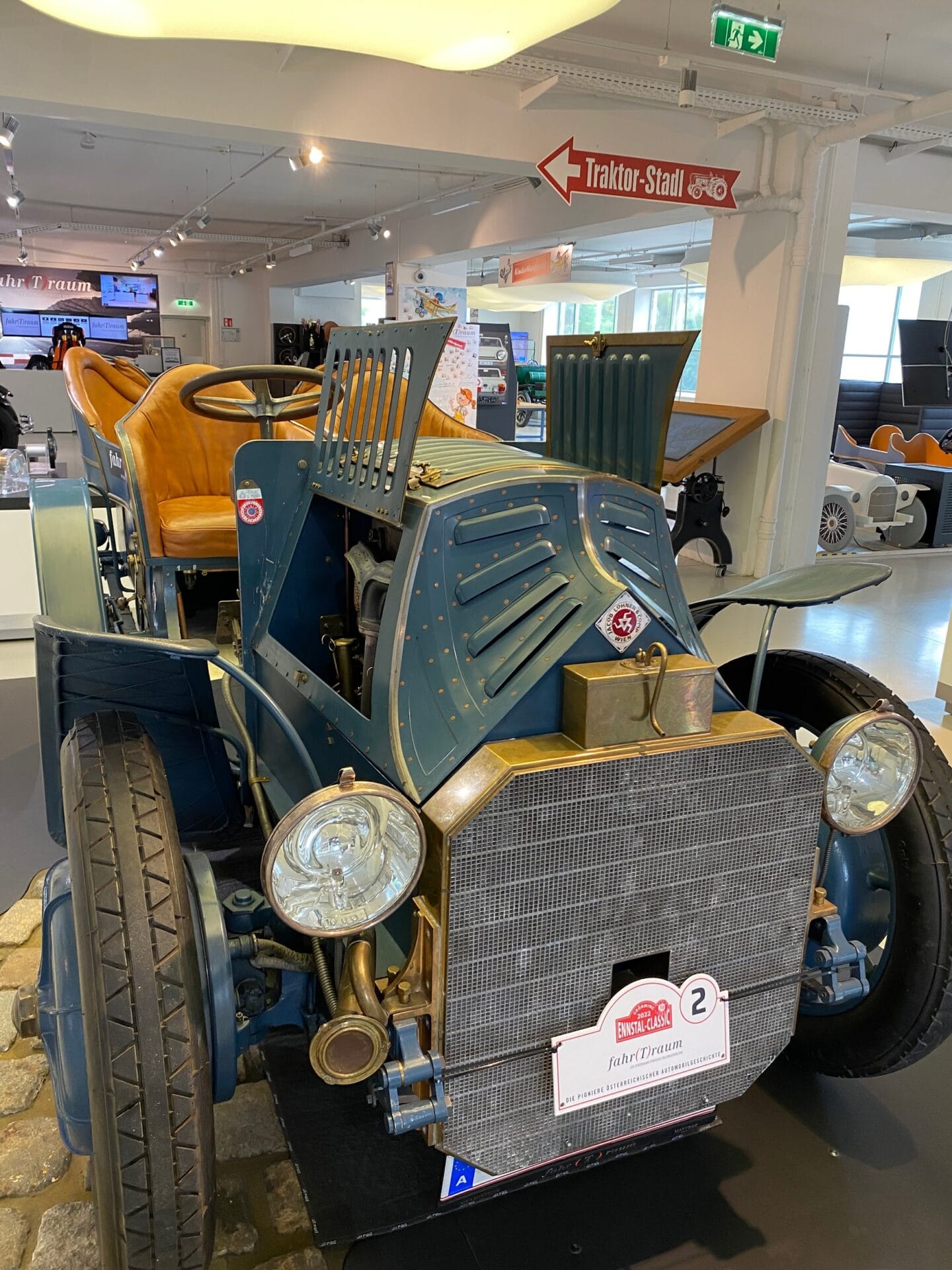
Electrifying Paris. Already in 1896 Ferdinand Porsche applied for a patent on an electric wheel hub motor. And in 1900, he built the Mixte hybrid drive together with the Vienna vehicle manufacturer Ludwig Lohner. Unlike other electric cars, the energy is not provided from a battery. His innovation consists of using a combustion engine to drive a generator, which provides current to electric motors inside the front wheels. By this way, Porsche avoided the disadvantage of applying batteries, that were very heavy and low capacity at that time. In 1900, the Lohner Porsche car with Mixte drive was presented at the World Fair in Paris.
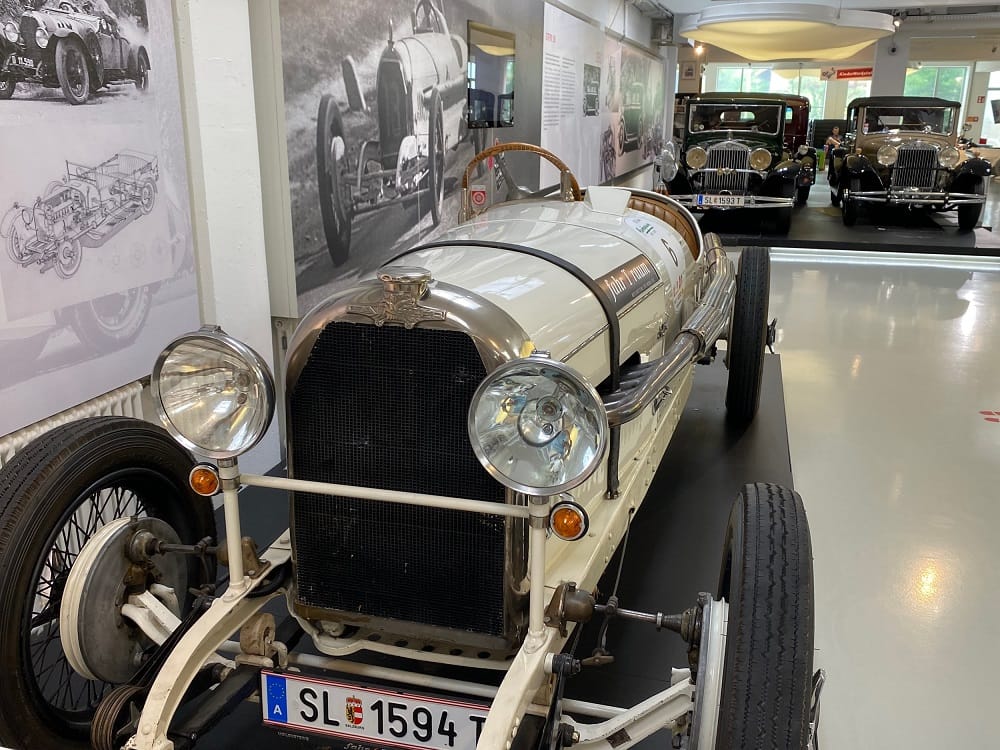
Stuck. Father & Son. This car was raced by pre-war racing great Hans Stuck His son Hans Joachim Stuck Jr “Hansie” would go on to claim back-to-back podiums in the 1976 German and Austrian Grands Prix driving for Bernie Ecclestone’s Brabham team. Junior also raced in the US with much success in sports cars.
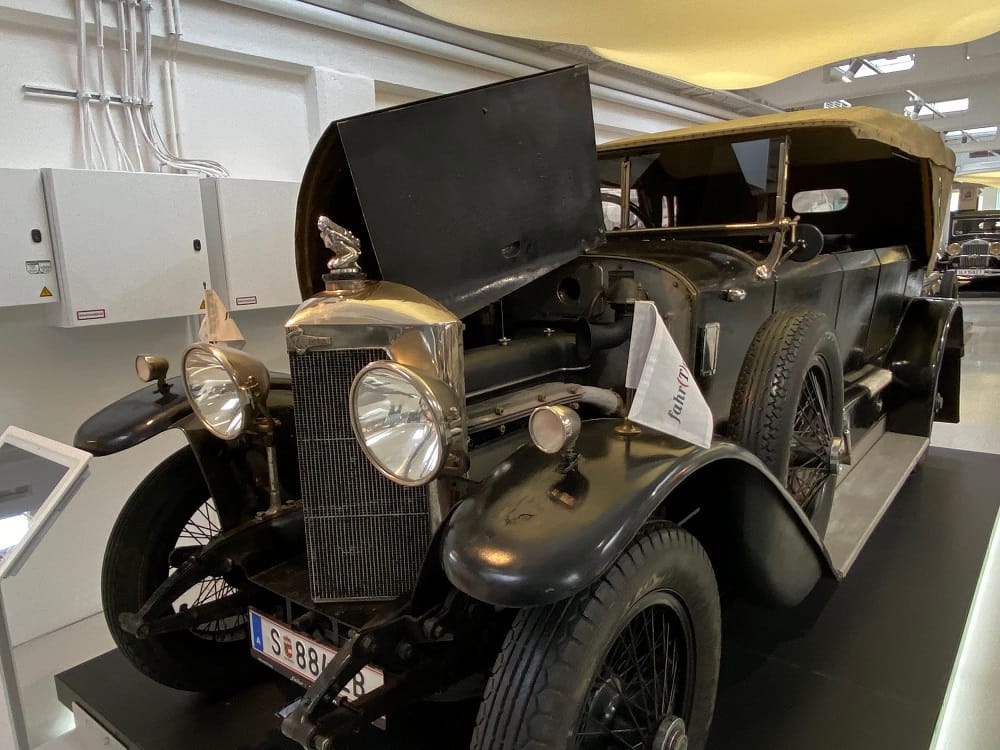
Porsche Six Pack. Porsche’s aero engine experience made during wartime led him toward his first six-cylinder road car engine for Austro Daimler. This marks a sharp break from his pre-war designs and a bold step into the future. With new standards, separate engine block and crankcase are gone, replaced by a single silicon-alloy aluminum cylinder block with inserted dry iron liners. The block casting houses a crankshaft carried in four plain main bearings, slightly offset to the left of the cylinder centerlines to reduce side force on the piston during the power stroke.
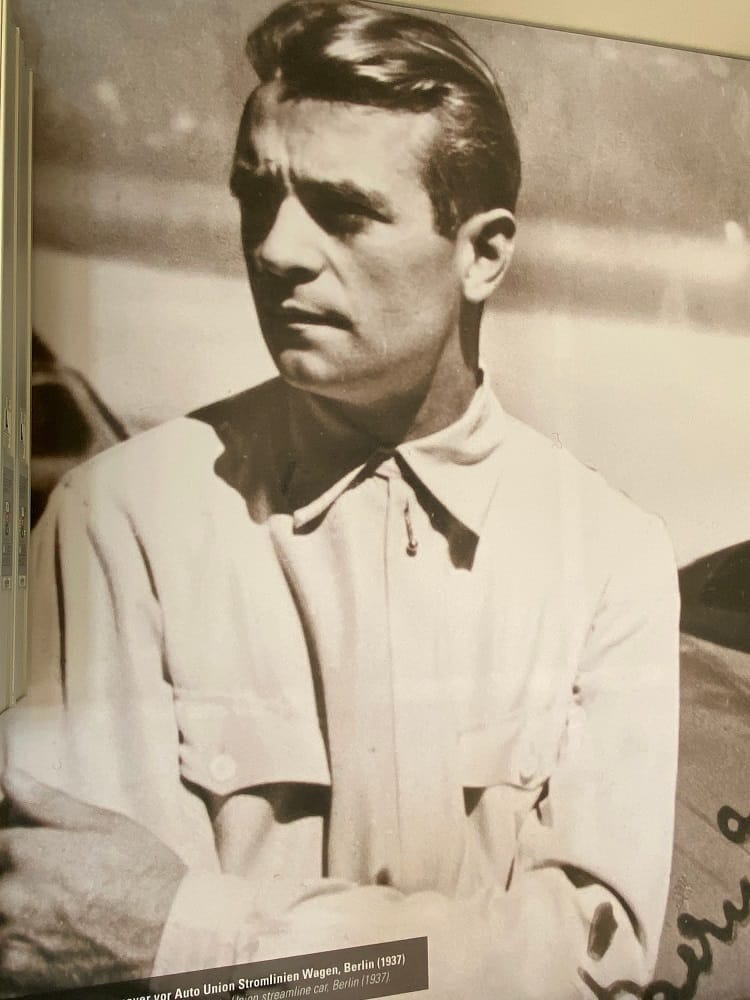
Speedmeister Rosemeyer. Bernd Rosemeyer was one of the great racing legends from the pre-war era. His major triumphs; 1935 Czechoslovakian Grand Prix, 1937 Donington Grand Prix, 1936 German, Swiss and Italian Grands Prix. In 1937, he won the Vanderbilt Cup in the United States. He was killed on January 28, 1938, during a land speed record on the Autobahn section between Frankfurt and Darmstadt. Triumph to tragedy, he was an Auto Union driver.
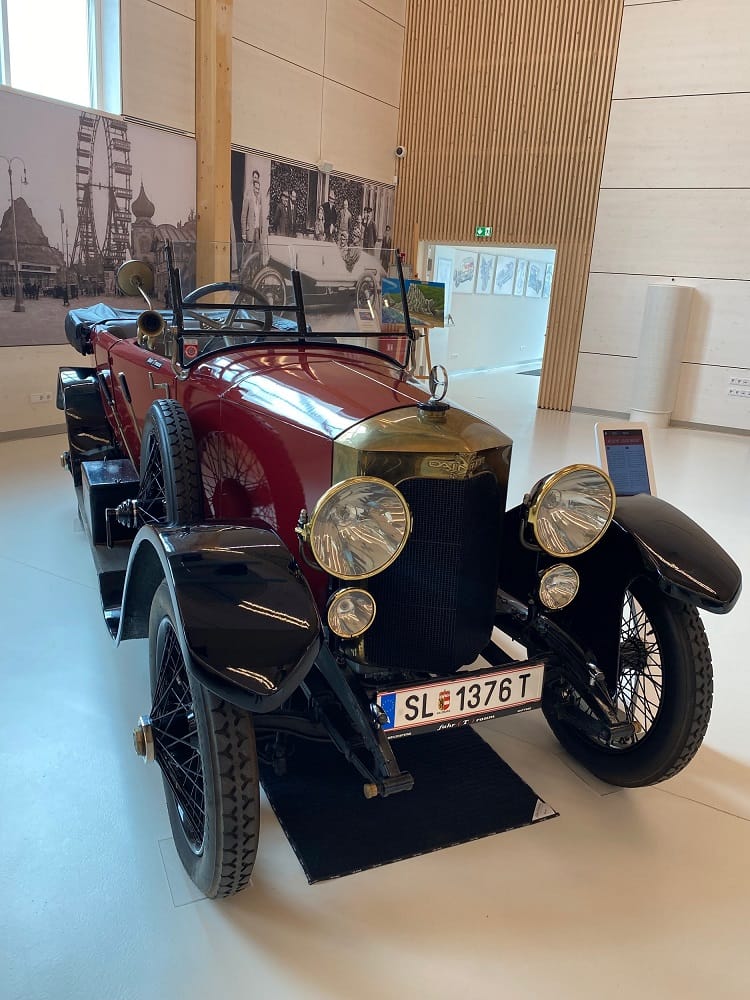
Sweet Sixteen Louise. This Austro Demler AD 35, a four-cylinder, belonged to Ferdinand Porsche’s daughter Louise. Louise had already acquired a driver’s license when she was 14-years old. This car was a present for her 16th birthday in 1920.
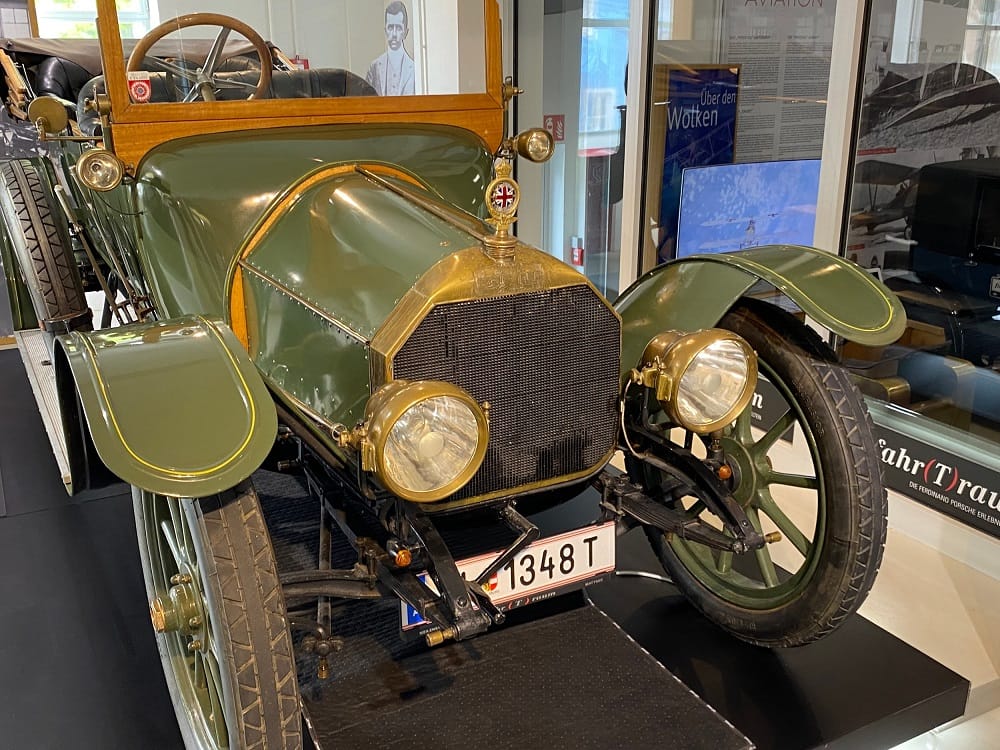
G’Day, mate. We came across this Austro Daimler AD 20 from 1911 advertised in the Daimler Pfeil Club Magazine. The vehicle was in Australia, so we dialed the number, which proved it did actually exist, and registered our interest. It transpired that the vehicle had been used as a tractor for agricultural purposes and after engine problems an Alpine automobile engine with 35-horsepower had been built in, which had been sent to Australia in 1914 purely for display purposes. The vehicle was in excellent condition, and we got straight in it and went on a test drive. It purred along perfectly and what’s more, it came out of the container looking just like it does today.
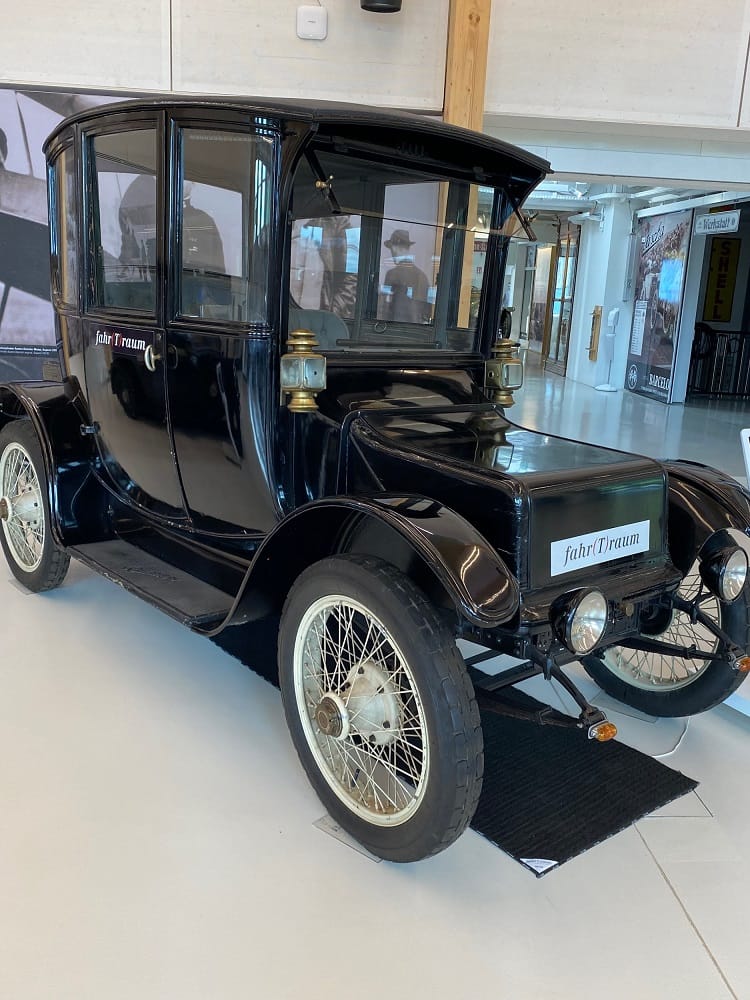
Edison Electric. The Rauch & Lang is a special vintage car, as it is an elegant electric car. This carriage-like electric vehicle was built in America in 1912 with the assistance of American inventor Edison. It was based on the technology used by Ferdinand Porsche, a technology that is now enjoying a comeback in the car industry.
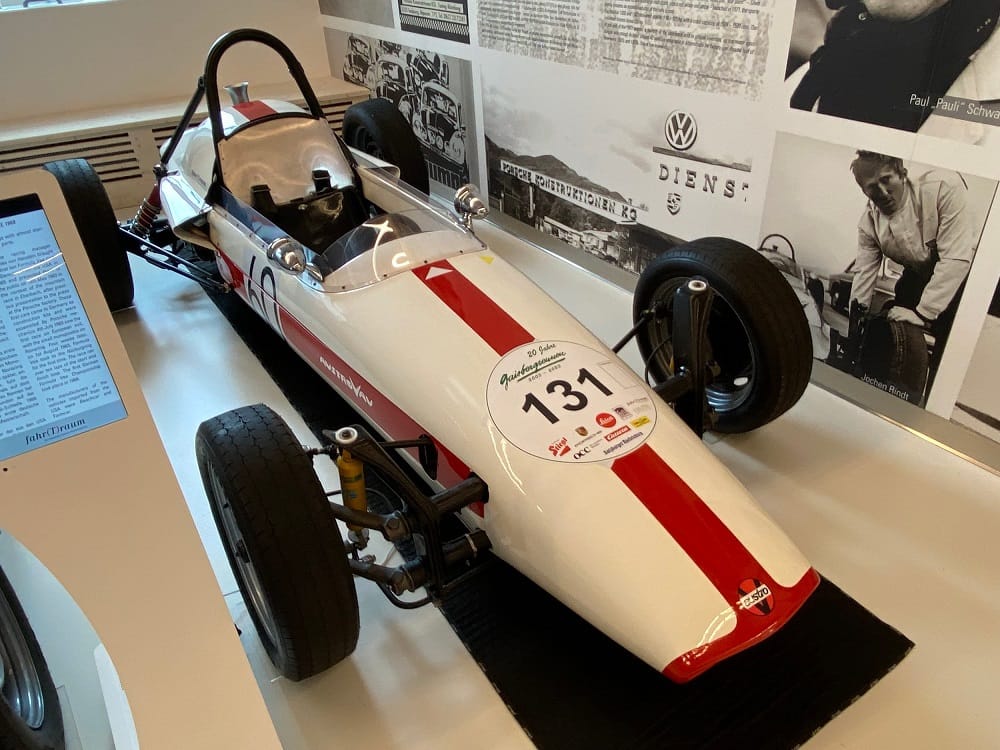
V Power. Porsche racing manager Huschke von Hanstein brought the first ten Formula Vee cars to Germany from the USA in 1965 and presented them to the public on 16th May 1965 in the context of the mountain race in Eberbach, after previous presentation to the press at the Porsche factory. These first cars came to Germany as construction kits and were assembled by Porsche mechanics. 4th July 1965 saw the first race on European soil, with the small monopostos on Norisring. Four weeks later, on 1st August 1965, Formula Vee took to the Nürburgring for the first time. The race ran over ten laps of the start and finish loop. The first German Formula Vee Championship took place in 1966.
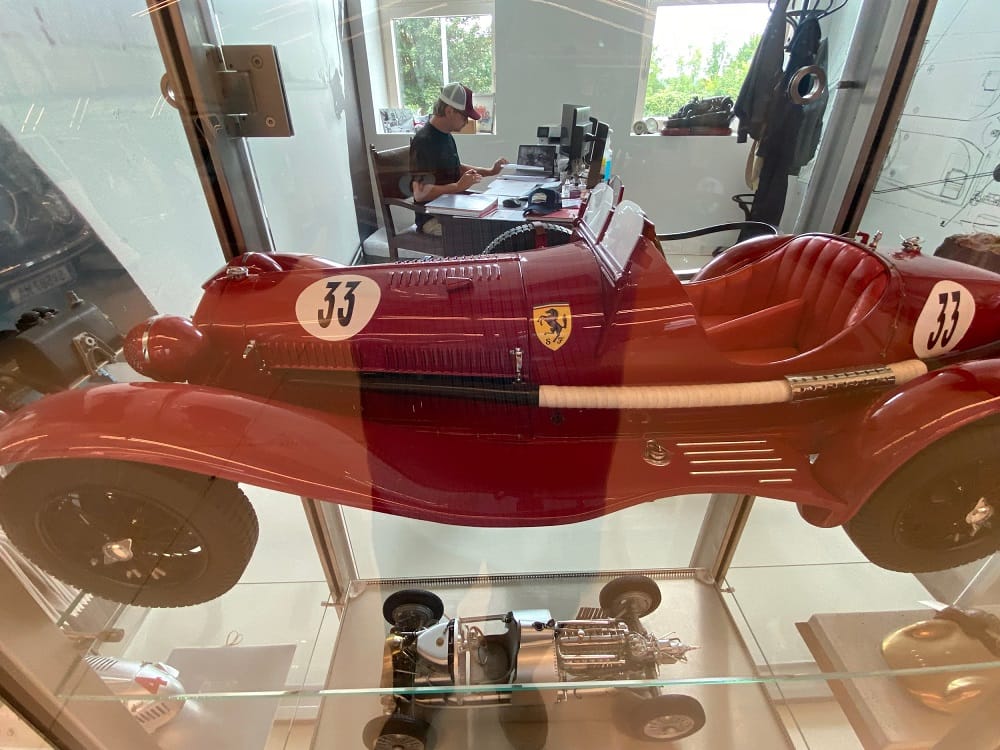
Porsche & Prancing Horse. This Alfa Romeo has a torsion bar suspension developed by Ferdinand Porsche. Instead of payment, Ferdinand Porsche received this Alfa Romeo as “remuneration”. He undertook several quick trips into the mountains with his grandson Mr. Ernst Piech with this vehicle.
– – Nasir Hameed.
